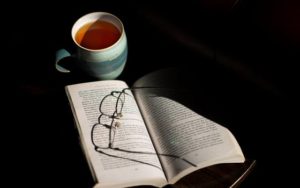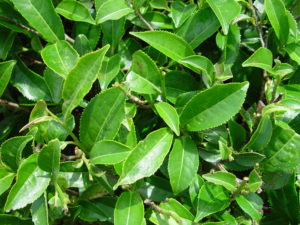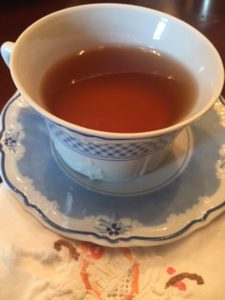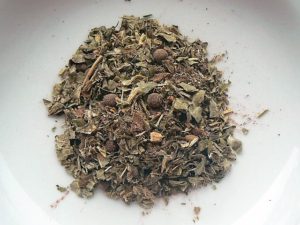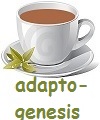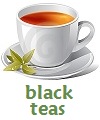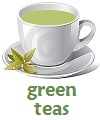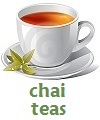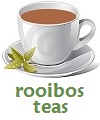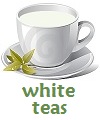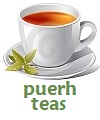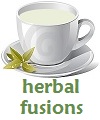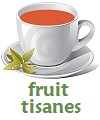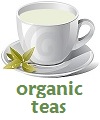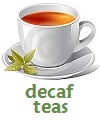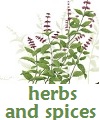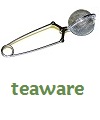How Much Caffeine does Tea Have?
Does tea have less caffeine than coffee?
One of the most often asked questions we receive is…”How much caffeine does this tea have?” It’s a complicated 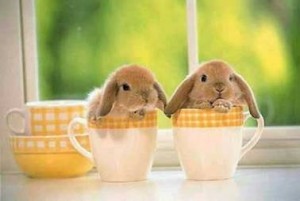 question, with a complicated answer! The industry has long been guilty of making contradictory statements about caffeine in tea. But now we can put some scientific evidence to it, and make some statements that are closer to reality.
question, with a complicated answer! The industry has long been guilty of making contradictory statements about caffeine in tea. But now we can put some scientific evidence to it, and make some statements that are closer to reality.
Although tea is known to have less caffeine than coffee, there are many factors that enter into the equation. For instance, it used to be thought that the variety of tea – Black Tea, Green Tea, Oolong, White – determined the amount of caffeine. Most published articles stated that black tea carried the most, while white carried the least. Oolong and green tea were in the middle.
Tea Science to the Rescue
A new scientific study has been headed up by Bruce Richardson, who, after owning his own retail tea business for 14 years, has become a leading author and authority on tea – a true tea maestro. Mr. Richardson partnered with Dr. Bruce Branan, Professor of Chemistry at Asbury College, Kentucky for a scientific study of caffeine in tea.
Seven well-known teas were tested, with careful attention to standardized procedures and using new state-of-the-art equipment. The Asbury study concluded that most teas contain approximately 55 milligrams of caffeine per 7-oz cup, regardless of tea type. Coffee, by the way, carries 130-200 milligrams of caffeine per cup. While these results would be expected from an Assam (commonly consumed because of its known high levels of caffeine), it was a surprise to find that the white and green teas also tested at this level.
Does Processing of Tea have an Effect on Caffeine Levels?
Richardson then consulted his contacts in the tea industry to find out how processing the tea can affect caffeine. He discovered that caffeine is most prevalent in the newest leaves of the tea bush. Although teas made from the youngest leaves are known to be higher in antioxidants and nutrients than teas made with older leaves, they are also higher in caffeine.
That means teas made with just the bud (like Silver Needles White Tea ) are the highest in caffeine, and teas made with two leaves and the bud (most green and black teas) have considerably less. Regardless of the variety of tea you consume, your intake of caffeine will likely be the same, assuming identical temps and steeping times.
How does Tea Grades Affect Caffeine Levels?
Generally speaking, broken tea leaves will infuse more caffeine into your brew than whole (loose) leaves. Grocery-store teabags often hold very broken grades of tea, tending to impart higher caffeine levels.
What Should I Do if I Can’t Tolerate Caffeine?
What does all this mean to the tea drinker? Water temperature and steeping times matter more to caffeine levels than the type of tea you drink. So if you want to reduce your intake of caffeine, use a lower water temperature and steep for shorter times. You will also get more infusions from your tea, as there will be flavor and caffeine left for your next brew. Or switch to a 50% blend of tea and fruit/herbal ingredients to lower the caffeine level by half.
What Teas are Naturally Low in Caffeine?
Rooibos and Fruit Tisanes are naturally caffeine-free, since they do not include any actual tea. Cottage Garden Teas carries many Caffeine Free and Decaf Teas for those who wish to remove all caffeine from their diets, as well as many fusions of tea with herbs for reduced caffeine levels.
replique montre suisse
nike air max 90 pas cher
nike air max 1 pas cher
louboutin femme pas cher
nike air max pas cher
replique montre
air jordan pas cher
replique montre
air max pas cher
air max femme pas cher
relojes especiales
réplicas de relojes
nike air max pas cher
nike air jordan pas cher
nike air max 90 pas cher
Nike Air Max 1 Pas Cher
For more information on Bruce Richardson’s study, read his article at
De-bunking the At-Home Decaffeination Myth

